What O's, Jays must do to save their seasons. And 7 other observations
Starting Lineup is a collection of reporting, observations, and insights from the baseball beat.
Leading off ...
Entering the season, the Baltimore Orioles appeared to be on the same path the Houston Astros traveled last decade.
The Astros rocketed from incredible depths, going from "Disastros" to mini dynasty, albeit with a tainted 2017 World Series title.
Orioles GM Mike Elias was a key lieutenant with those Astros and brought many of their scouting and player development practices to Baltimore. It helped transform the Orioles from laughingstock - losers of 100-plus games in three of four years from 2018-21 - to AL East champs in 2023, with another playoff trip made last year.
With top draft picks Gunnar Henderson and Adley Rutschman arriving as foundational players, and Jackson Holliday, Colton Cowser, and Jordan Westburg perhaps being others, the club looked to be entering its first period of steady contention since the 1990s.
But the Orioles have hit a speed bump, and it was an obvious one they failed to navigate: they needed impact pitching last offseason and didn't acquire it.
The void left by Corbin Burnes is glaring. Their pitching need is exacerbated by last year's trade deadline: the Trevor Rogers acquisition immediately turned sour, and Zach Eflin, a quality arm, landed on the injured list early this season.
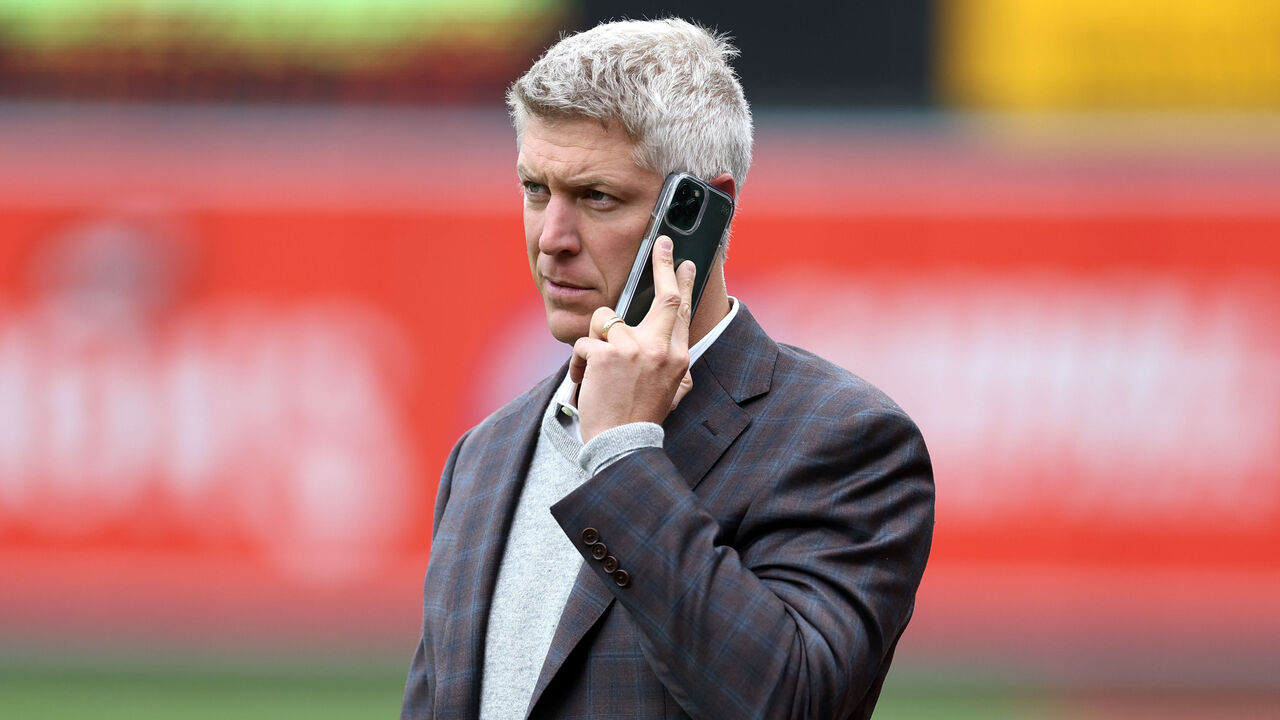
Only the Marlins and Rockies own worse starting pitching ERA marks than the Orioles (6.04) entering play Friday, and only the Marlins have a worse staff ERA than Baltimore (5.47) overall.
The performance isn't just a small sample of poor fortune, either, as Baltimore ranks 27th in K-BB% (9.1%) and 25th in Stuff+ for starting pitchers.
The pitching issues are compounded by the fact Camden Yards' left-field wall was moved in to quiet complaining hitters.
While Baltimore's been dealt a major injury setback with Grayson Rodriguez again on the IL, the organization hasn't developed another potential impact pitcher. There appears to be little internal help on the horizon. The O's have only two prospects in Baseball America's top 100 and they're position players.
The Orioles don't have a massive budget to work with but they aren't in a Pirates-like situation, either. Baltimore entered the season ranked 15th in payroll and spent $101 million on free agents in the offseason.
How that money was spent can be questioned.
Their greatest investment in a starting pitcher was Charlie Morton's one-year, $15-million deal. Morton, 41, struggled so badly early this season he was moved to the bullpen.
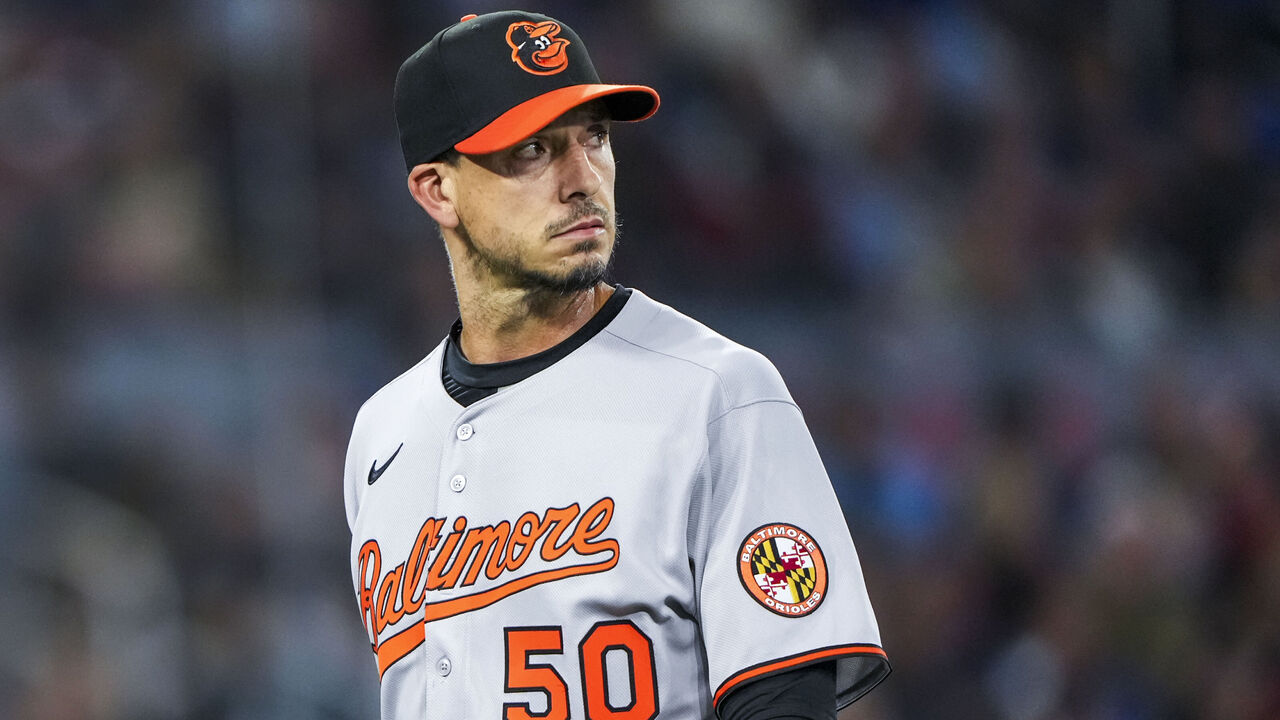
The club signed a second starting arm in Tomoyuki Sugano, a high floor, low ceiling strike thrower who inked a one-year pact worth $13 million. But Sugano isn't missing bats, and is due for negative regression - he has a 5.66 expected ERA compared to his actual 3.00 mark.
Contenders are better served by targeting quality arms over a quantity of lower-floor arms. There were better options available.
For example, the Orioles were among the clubs too concerned with Nick Pivetta being tied to draft-pick compensation. A better use of the funds they allocated to signing oft-injured outfielder Tyler O'Neill (three years, $49.5 million) would have been something like the three-year, $55-million deal the Padres gave Pivetta.
The Orioles perhaps ought to have pushed for Garrett Crochet, who instead landed with the division-rival Red Sox.
In short: Baltimore can't rely exclusively on hoping for internal pitching improvement if the club is to save its season. While some positive regression can be expected, the O's don't have the arms to get out of the AL East basement - forget about the World Series. They need external help.
The Orioles' front office has done a great job rebuilding the club, but windows of opportunity can close quickly. Urgency's required.
No. 2: Jays' big problem remains
Vladimir Guerrero Jr.'s excellent pitch recognition and pitch anticipation Thursday resulted in his smashing a Justin Slaten curveball that broke below the zone over the left-center wall for a game-winning, three-run homer.
Few MLB hitters can execute such a swing. The Jays need more of that. A lot more of that.
If wanting to boil down winning and losing to one variable, one could do worse than simply focusing on home runs. Teams that hit more home runs than their opponents enjoy an enormous advantage. That's a big problem for the Blue Jays, who are -23 in net homers through their first 30 games, the worst differential in MLB.
They've hit the second-fewest home runs (21) while allowing the most (44).
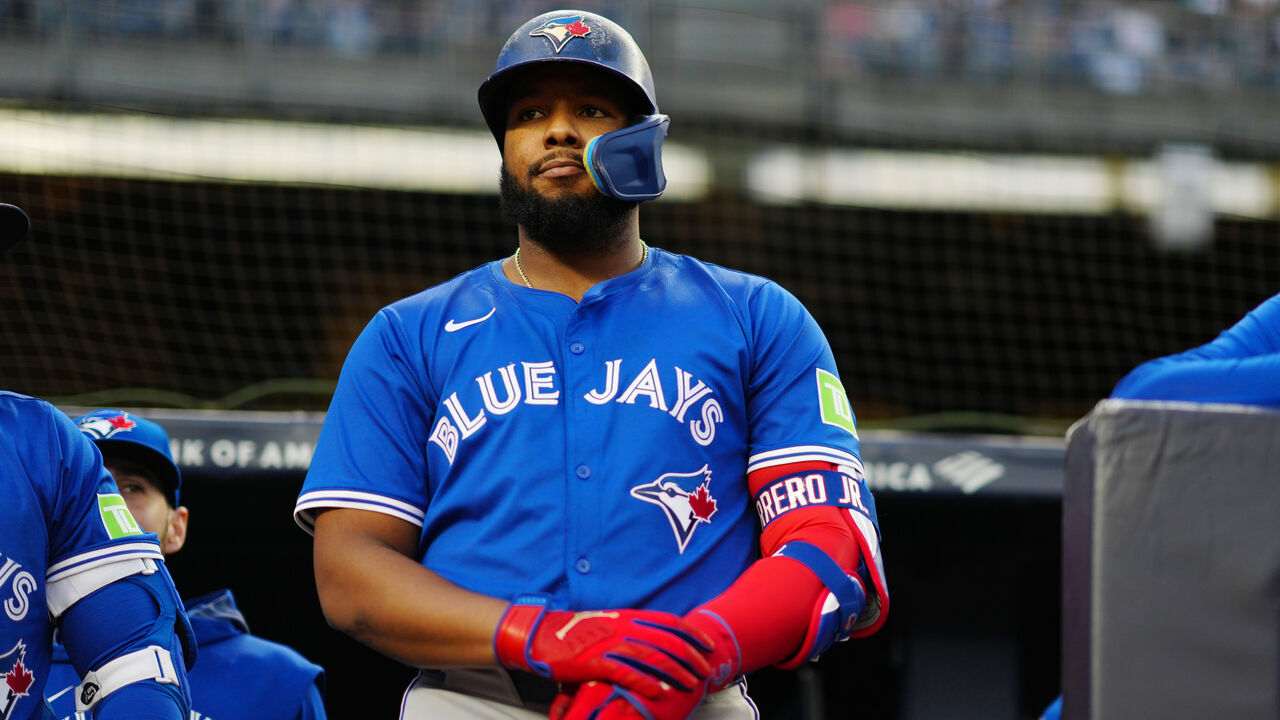
The club's big external addition Anthony Santander is off to a slow start, but he should round into perform given his consistent history. What Toronto needs most is internal improvement.
It needs Vlad Jr. to mash like a $500-million player. It needs Daulton Varsho and Andrés Giménez to provide more than an elite gloves. And more than anything, the Jays need Bo Bichette to return to the swing he had this spring when he was pulling more batted balls, hitting four homers in Florida. They need Bichette to return to the player he was from 2021-23 when he averaged 24.3 homers per season. He's hit four total home runs since the start of last season.
The Blue Jays need an immediate power reboot, otherwise they're looking at another lost season.
No. 3: Judge is Bondsian
A wild fact: Aaron Judge has reached base on more occasions than he's recorded an out this season.
He leads the majors with a .427 batting average entering play Friday, 71 points better than the next qualified hitter.
His 262 wRC+, if it stood, would be the best full-season mark ever. While that's unlikely, he could post his third 200 wRC+ season. Only Barry Bonds (four) has produced more than three since 1950.
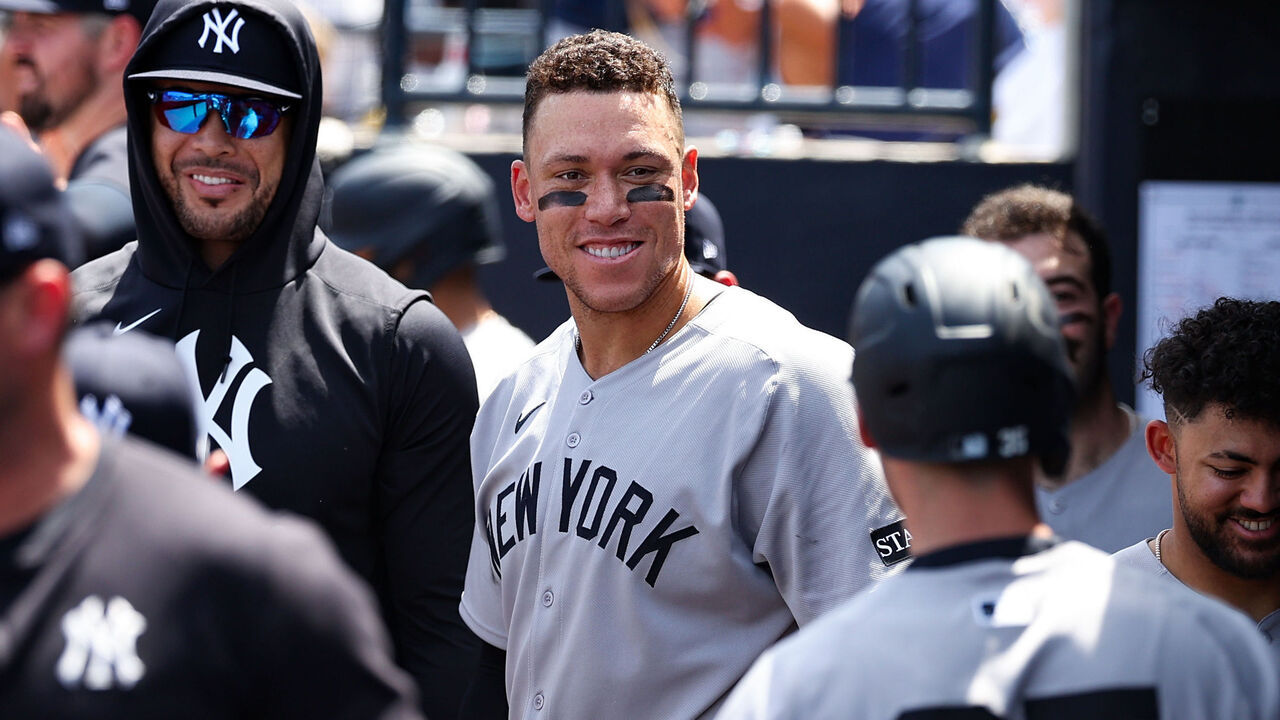
Judge's nine-year, $360-million pact is a relative steal.
He's already accumulated 3.2 fWAR, putting him on pace for 16.7 fWAR. Babe Ruth's 14.7 fWAR mark in 1923 is the best all time. The Babe, of course, wasn't aware of his feat.
No. 4: Bubba's ready
Pirates pitching prospect Bubba Chandler repeatedly came up as one of the most electric arms observed when I spoke with scouts this spring in Florida.
The 2022 third-rounder is dominating Triple-A, where he ended his start Thursday with a 99 mph fastball - his 71st pitch - for a swinging strike and his ninth strikeout in five innings. He owns a 32% K-BB rate in 25 Triple-A innings.
Last year, Paul Skenes posted a 35% K-BB rate in 28 Triple-A innings before getting the call.
Bubba's ready.
No. 5: Embattled middle class
While there's so much focus - rightfully so - on the lack of spending by clubs like the Pirates, one club executive told me that teams actually feeling the squeeze are what he described as "mid-market" clubs with elevated payrolls, particularly like the Padres, who have the No. 5 40-man payroll. The Padres are one of the clubs that lost a lucrative TV deal ($1.2 billion guaranteed over 20 years) due to the regional sports network collapse.
The next CBA negotiation is going to be ugly.
No. 6: No end in sight for Rockies' misery
The Rockies avoided tying the worst 30-game start in MLB history by beating the Braves on Wednesday, but it's little consolation.
As an overall organization, Rockies are even further behind than the White Sox. The Rockies are the laggards in scouting, analytics, and player development.
The last time Colorado had greater than 1% playoff chances as of April 18 in a full season was in 2019.
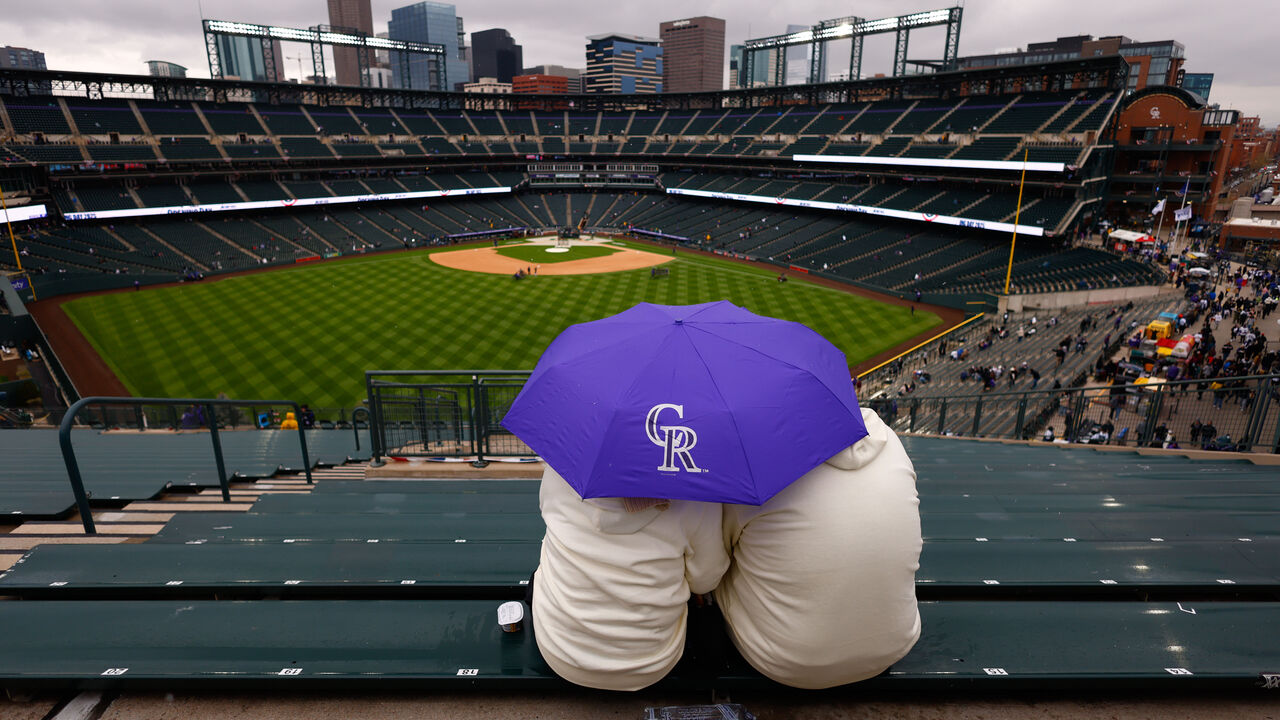
No. 7: (Returning) aces wild
It's been an uneven start to the year for three talented arms returning from second major elbow injuries.
Shane McClanahan was hitting 99 mph in camp but dealt with a nerve irritation setback (left triceps), while Spencer Strider made only one start before suffering a Grade 1 hamstring strain.
Some good news: Jacob deGrom's beginning to look more like vintage deGrom. In his last start against the A's, deGrom enjoyed his trademark uncanny command of his slider. He reached 100 mph for the first time this season with his fastball even though he said he wanted to dial down velocity this year.
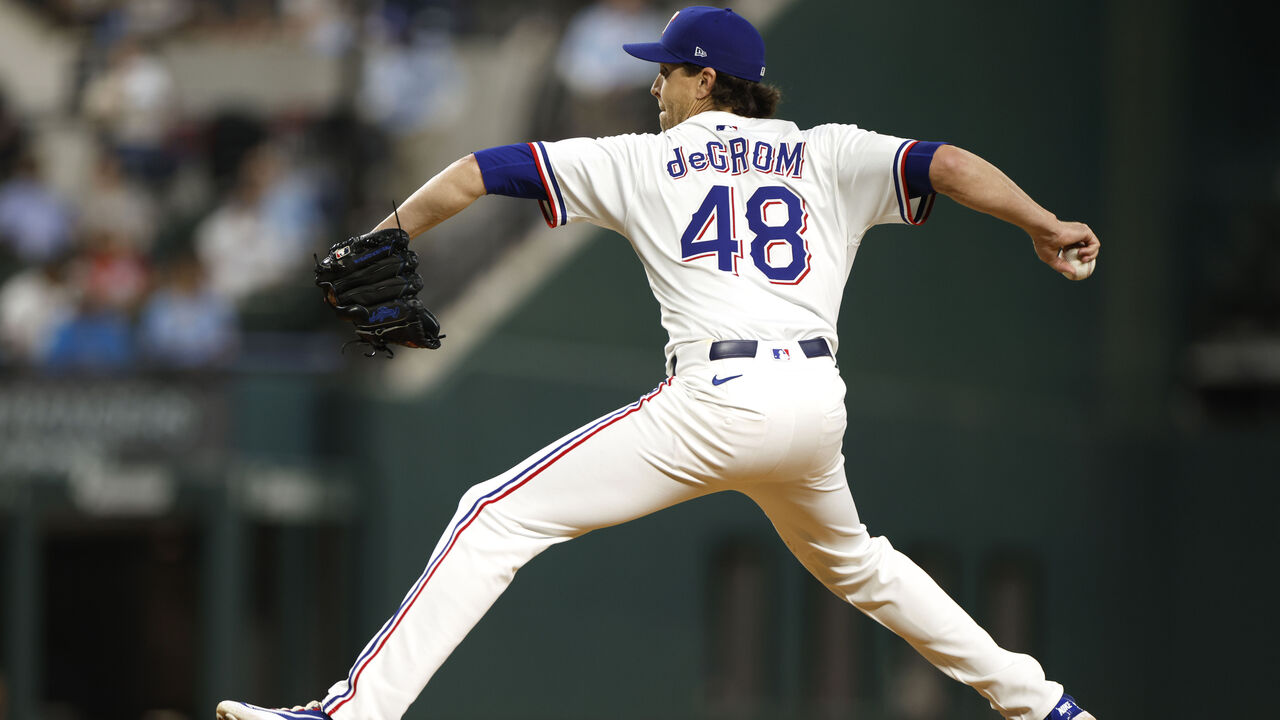
All three arms had procedures involving an InternalBrace. Their seasons are key in providing hope to arms that undergo two major surgeries. The track record to date isn't good.
No. 8: Chandler Simpson isn't Billy Hamilton
Hamilton failed to have a lengthy career because his strikeout rate was too elevated (22%) for a player with zero power, leading to a career .292 on-base percentage.
Tampa Bay rookie Chandler Simpson has often drawn Hamilton comps due to his speed and light power. But Simpson's strikeout rate to date is 12.8%, well below the MLB average.
Out of 1,140 qualified batters across affiliated minor-league baseball last year, Simpson had the 13th-best strikeout rate (8.5%).
Simpson can hit. Well, he can at least avoid strikeouts. And that suggests he can support a .290-plus batting average.
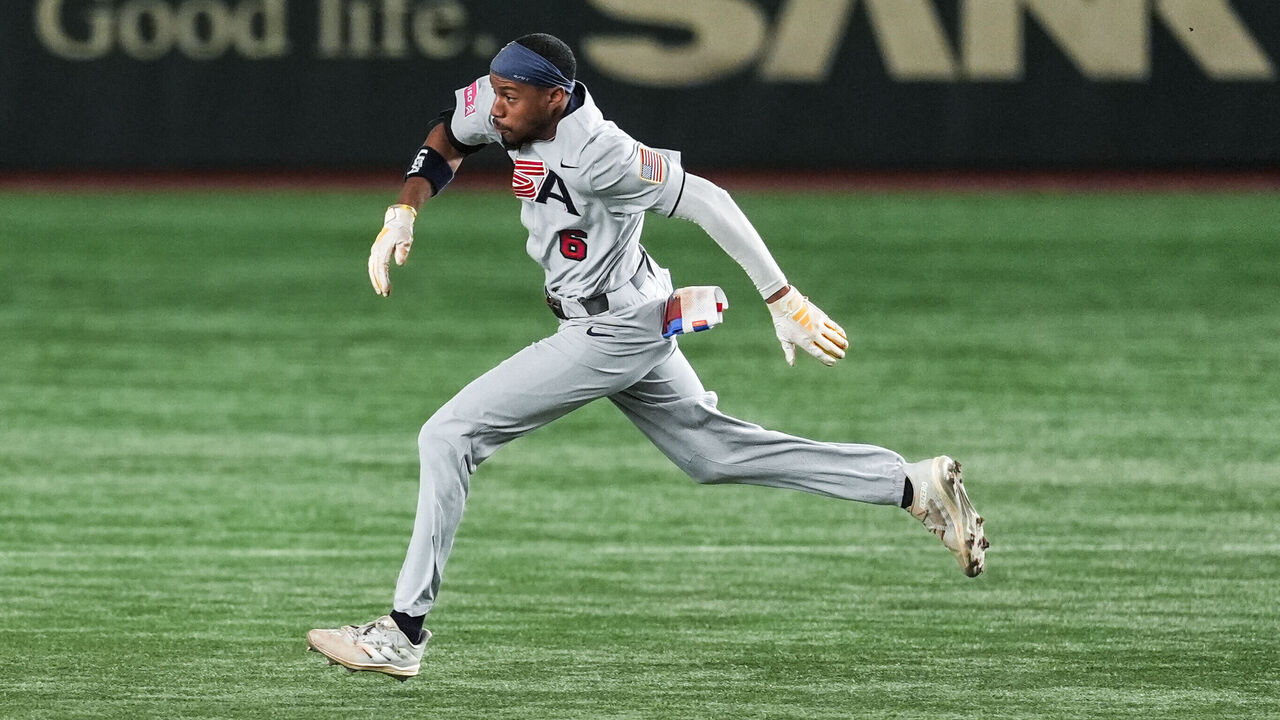
Yes, his two hits Thursday weren't pretty. They totaled two feet in distance before touching ground, but choppers work for the fastest man in baseball (his 3.69-second 90-foot sprint speed split is tops in MLB).
No. 9: No more double jeopardy
If you feel like you're seeing fewer double plays, you're not wrong.
FanGraphs' Leo Morgenstern noted batters are grounding into double plays at their lowest rate since 1939. There are more strikeouts and more fly balls as more batters try to elevate the baseball.
Travis Sawchik is theScore's senior baseball writer.
HEADLINES
- The trade bubble's most interesting teams and players, and other observations
- Crochet doesn't regret Judge at-bat: 'Live and die with my best pitch'
- MLBers share College World Series memories: 'Most fun I've had playing baseball'
- Giants, Dodgers tied for NL West lead after Schmitt's 1st career grand slam
- Altuve: Peña an All-Star, will be in MVP conversation